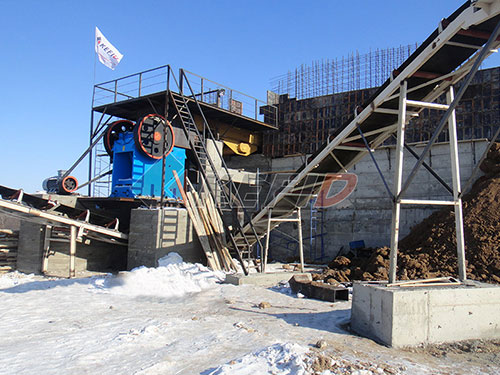Aztec Crushers

Beyond Steel & Smallpox: Reassessing the Fall of the Aztec Empire
The year is 1519. Hernán Cortés lands on the shores of Mexico with a force dwarfed by the population and military might of the Mexica (Aztec) Empire centered at Tenochtitlan – a magnificent island city larger than any in contemporary Spain. Within two years, this seemingly invincible empire lay shattered. While steel swords and devastating disease played undeniable roles, labeling this cataclysm simply as a case of "Aztec Crushers" imposed by superior technology overlooks a far more intricate and compelling historical reality.

The Myth of Inevitability
The narrative often simplifies this clash as technologically advanced Europeans effortlessly crushing a primitive civilization. While Spanish steel armor provided significant protection against obsidian-tipped clubs and arrows, and firearms offered terrifying shock value initially, their practical battlefield impact was limited by slow reload times and small numbers. Horses were revolutionary but vulnerable in close quarters or on causeways.
The true crushing force was far more complex:
1. The Power of Alliances: Cortés didn't conquer alone; he exploited deep-seated resentments within the Aztec imperial structure. Subject peoples like the Tlaxcalans – fierce warriors who had long resisted Aztec domination – became indispensable allies, providing thousands of fighters crucial for surrounding Tenochtitlan during its siege.
2. Biological Catastrophe: Smallpox arrived with the Spanish in 1520, sweeping through populations with no immunity long before Cortés launched his final assault on Tenochtitlan in 1521. This unseen enemy decimated leadership (including Emperor Cuitláhuac), shattered social structures, and sapped morale far more effectively than any cannon volley.
3. Information Warfare & Psychological Impact: Figures like Malintzin (La Malinche), acting as interpreter and advisor to Cortés, provided invaluable intelligence about Aztec politics and vulnerabilities. Spanish actions – capturing Moctezuma II within his own palace or ruthlessly suppressing festivals like Toxcatl – demonstrated power unpredictably and eroded Mexica confidence in their rulers' divine mandate.
4. Adaptation & Strategy: The Spaniards learned quickly from early setbacks like La Noche Triste (the Night of Sorrows). They built brigantines to control Lake Texcoco around Tenochtitlan; they adopted indigenous tactics alongside their own; they systematically cut off supply routes into the island city during the siege.
The Crushing Weight of


